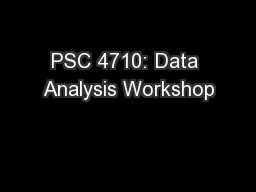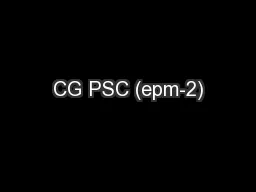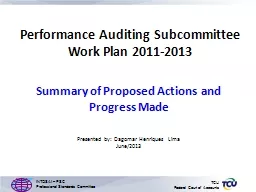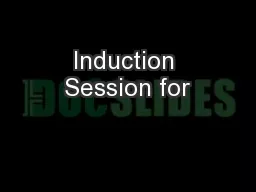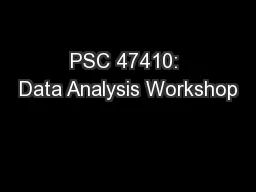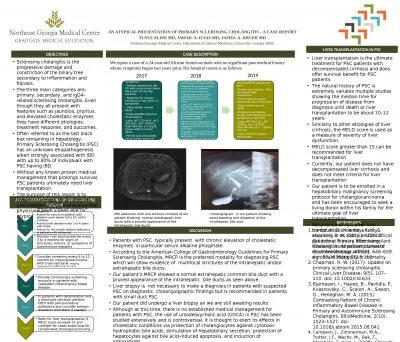PPT-PSC 4710: Data Analysis Workshop
Author : debby-jeon | Published Date : 2016-12-08
Whats the purpose of this exercise The workshops research questions Who supports war in America How consistent is support for conflict across different types of
Presentation Embed Code
Download Presentation
Download Presentation The PPT/PDF document "PSC 4710: Data Analysis Workshop" is the property of its rightful owner. Permission is granted to download and print the materials on this website for personal, non-commercial use only, and to display it on your personal computer provided you do not modify the materials and that you retain all copyright notices contained in the materials. By downloading content from our website, you accept the terms of this agreement.
PSC 4710: Data Analysis Workshop: Transcript
Download Rules Of Document
"PSC 4710: Data Analysis Workshop"The content belongs to its owner. You may download and print it for personal use, without modification, and keep all copyright notices. By downloading, you agree to these terms.
Related Documents

